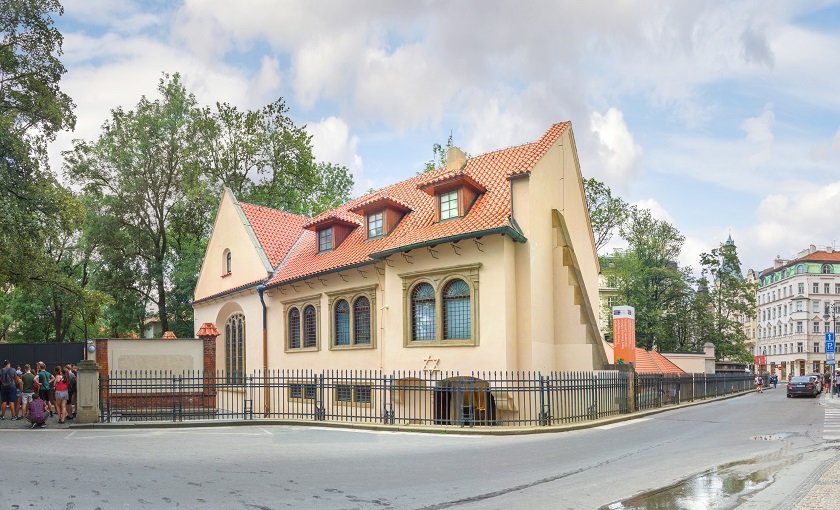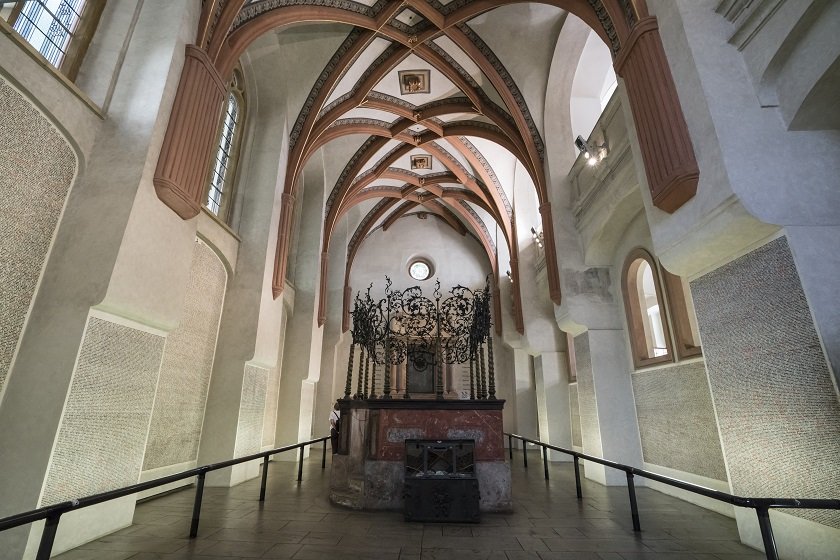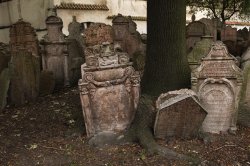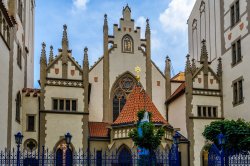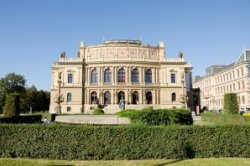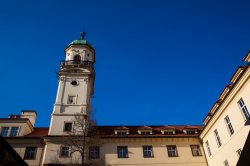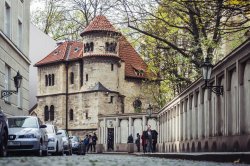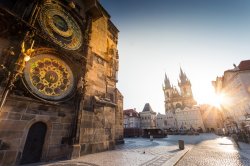Pinkas Synagogue
Pinkas Synagogue is another of Prague's Jewish Town sights and is the second oldest preserved synagogue in Prague. It stands in close proximity to the Old Jewish Cemetery, close to the Old Town Square. In 1535 it was built by one of the important members of the Jewish community in Prague – by Aharon Meshulam Horowitz, but was named after his grandson, Rabbi Pinkas Horowitz. It was originally closed to the public and served as the family’s private oratory. Nevertheless, a ritual bath, called mikveh, was set up next to it. At present, in the Pinkas Synagogue, there is a memorial of almost 80,000 Czech and Moravian Jews who have been victims of the Holocaust. Its authors are painters Václav Boštík and Jiří John. The main walls of the synagogue and the adjoining areas are covered by hand-crafted names of the victims, sorted by their last residence before the deportation or arrest. In addition to the names of the victims, all the walls of the interior bear the date of birth and death. However, the actual date of death is unknown in most cases and is therefore replaced by the date of deportation to ghettos or extermination camps. After the Soviet invasion in 1968, the monument was closed for more than 20 years. It was fully renovated and opened only in 1995.
Useful information for visitors
Public transport connections
Opening hours and admission
Pinkas Synagogue is part of two guided tours: Jewish Museum in Prague and Prague Jewish Town. Up-to-date information on admission and opening hours to Pinkas Synagogue is available on the official website www.jewishmuseum.cz. It is not possible to buy a ticket only to the Pinkas Synagogue.
Interesting facts about Pinkas Synagogue
The text for the memorial in the Pinkas Synagogue was compiled from a filing cabinet; it was written shortly after the war from preserved transport documents, registration lists and testimonies of the survivors. On the sides of the Torah box, there are the names of some ghettos and camps to which Czech and Moravian Jews were deported and where most of them were exterminated.
